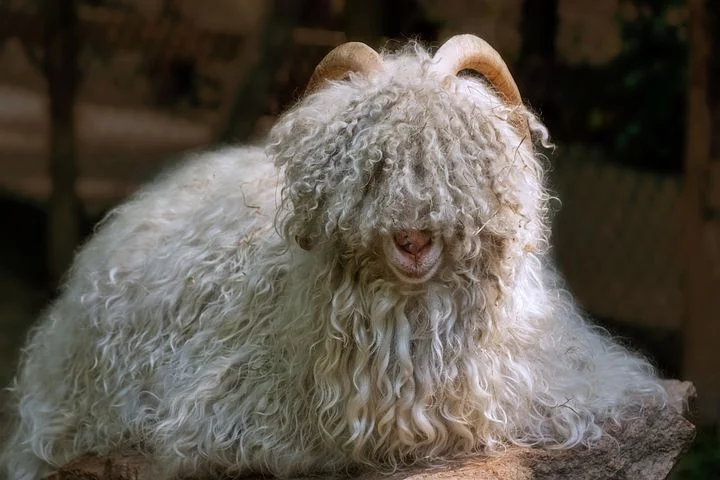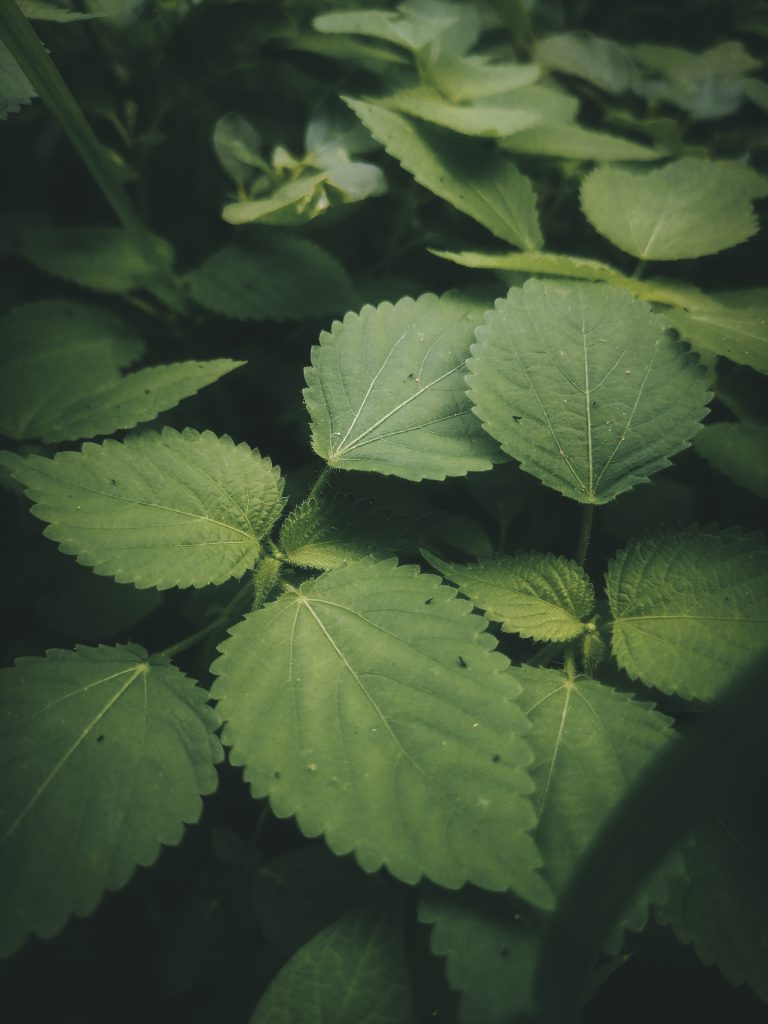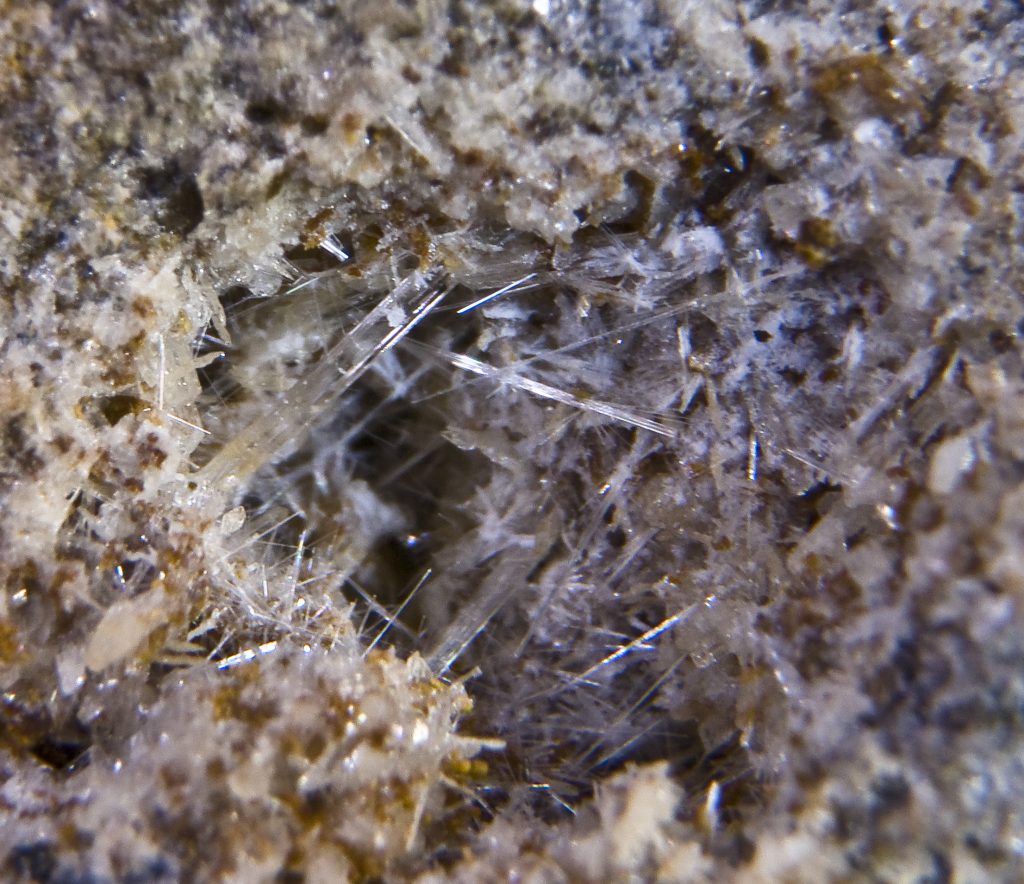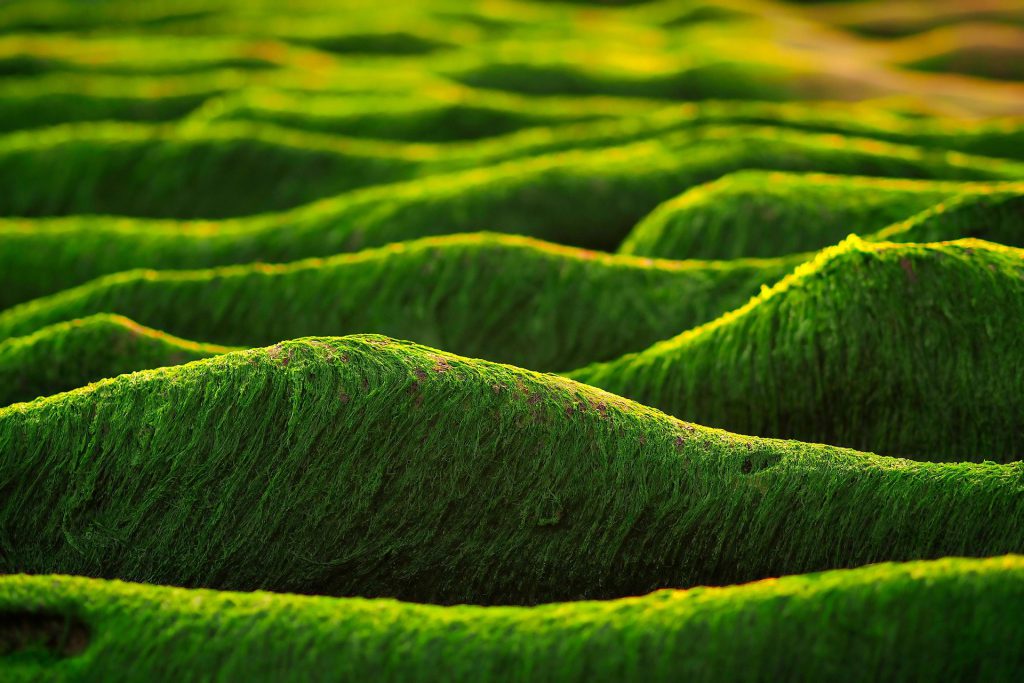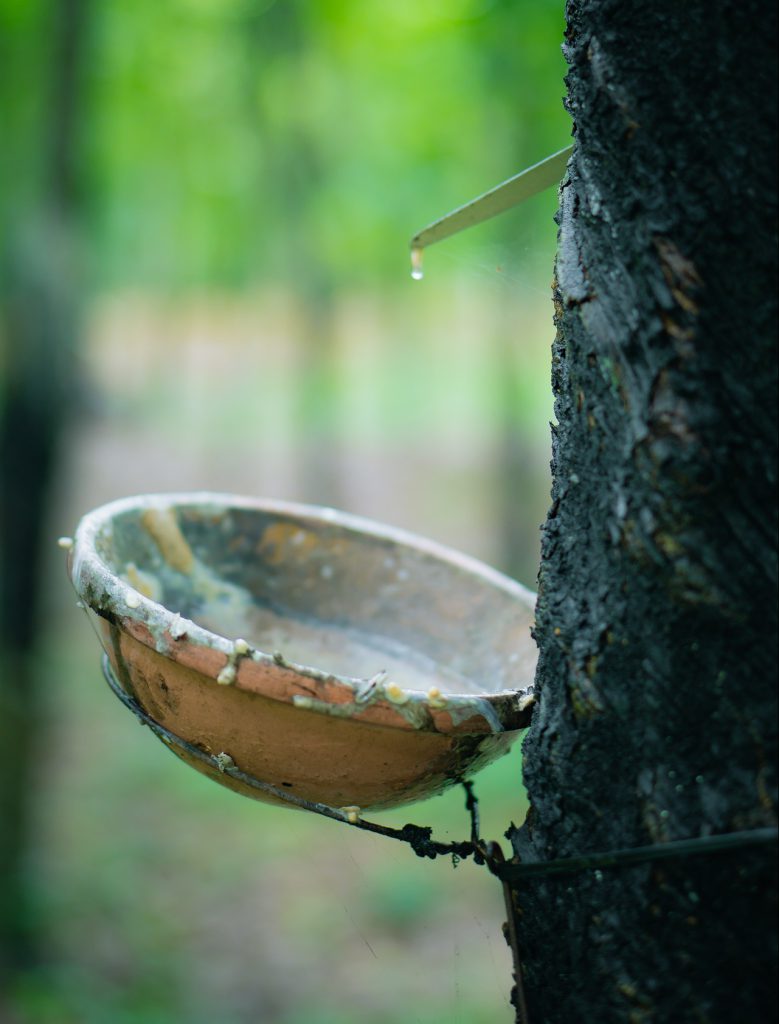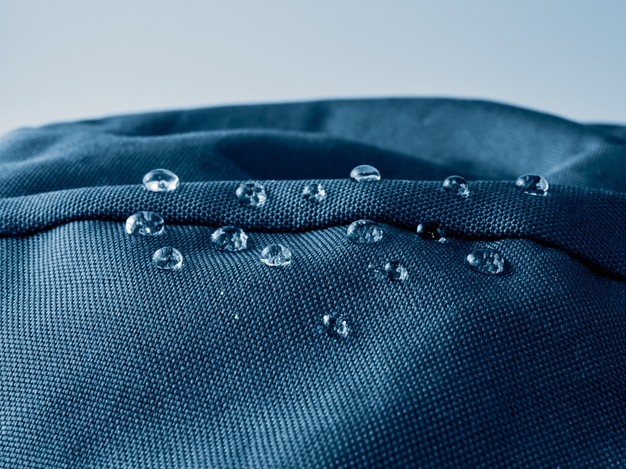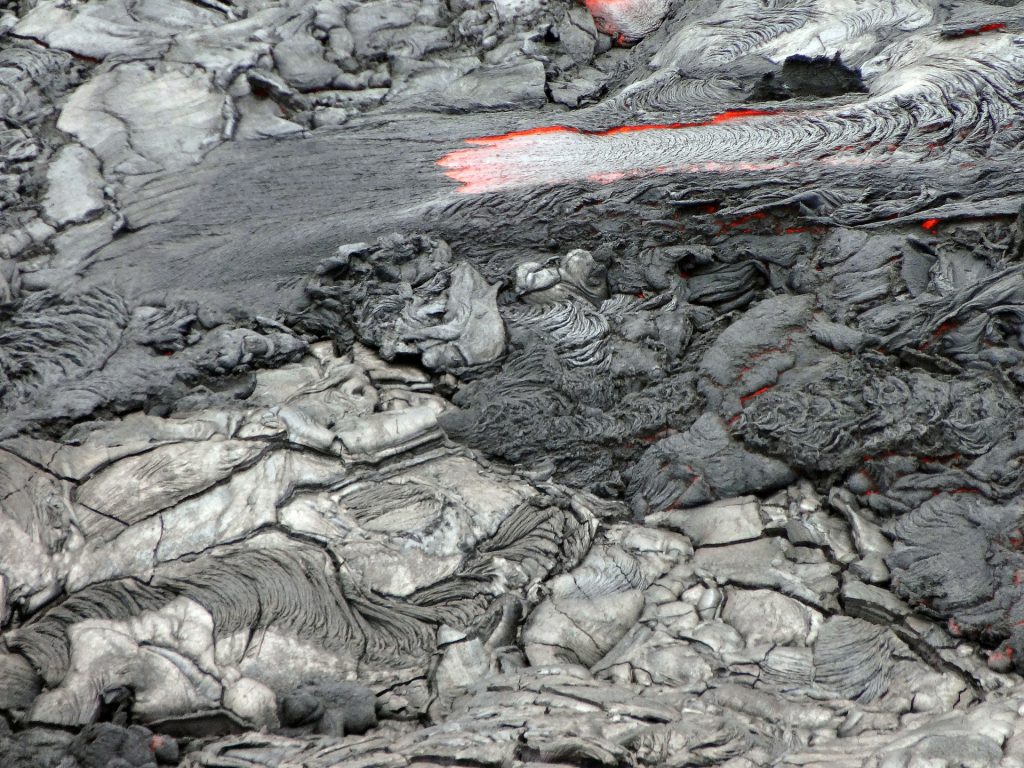Cellulosic artificial
Artificial fibers are a chemical modification of natural elements.
They allow to obtain a continuous filament, whose diameter depends on the spinnerets used during the extrusion. This type of yarn is mainly used in the clothing industry or for light fabrics. The result is a light, shiny, fluid, soft, skin-friendly and absorbent fabric.
Cellulosic artificial fibers are defined by the high concentration of cellulose in their composition. Cellulose is a chemical compound, from the carbohydrate family, which is very present in plants and trees. It is widely used in textiles for its insulation, absorption and resistance performances.
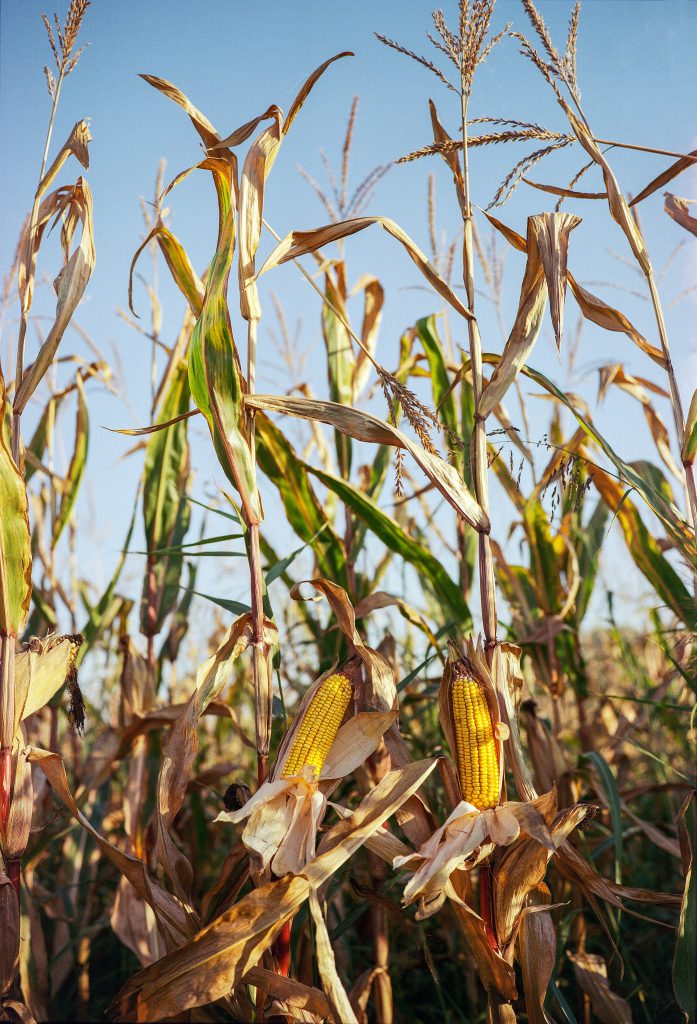
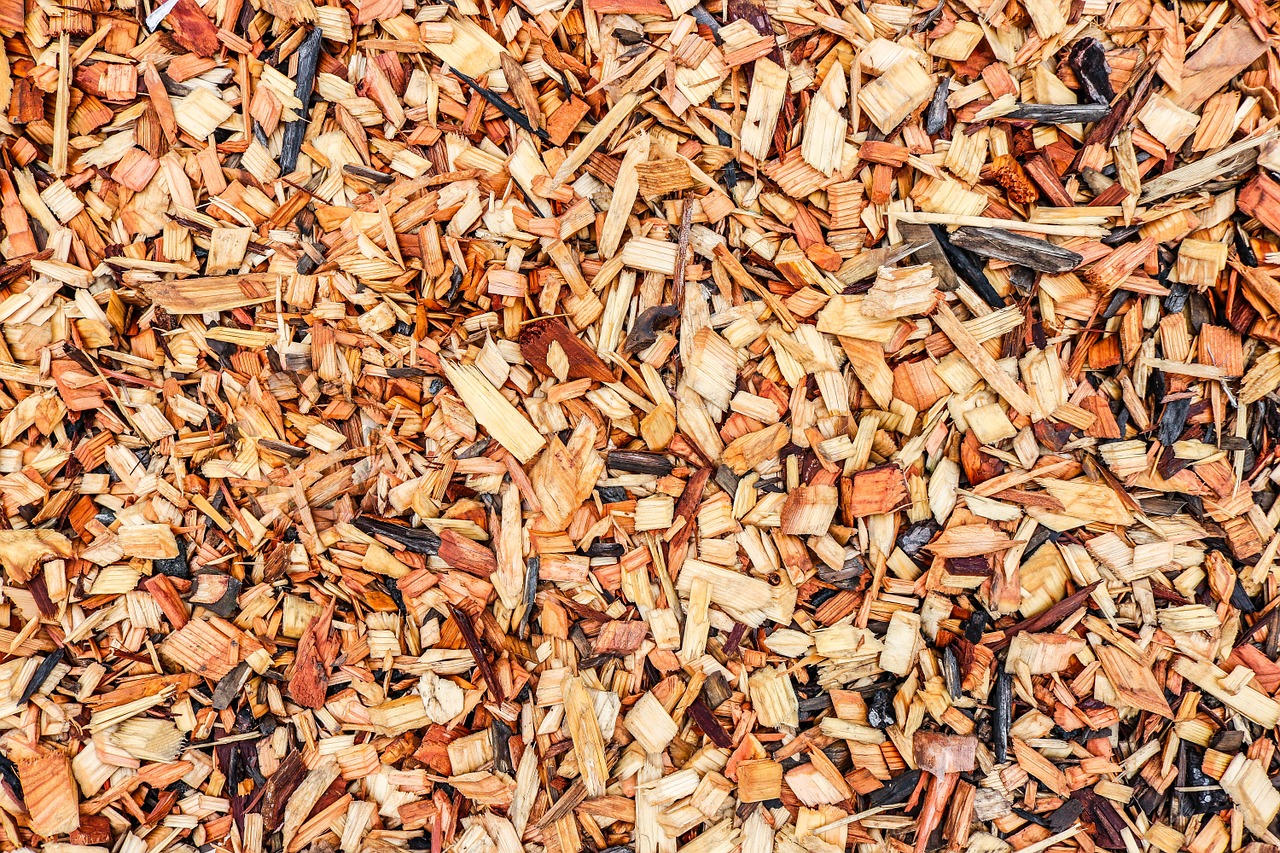
Viscose
- Origin :
Artificial cellulosic. We call Rayon staple the short viscose fibers (cracked or cut filaments) and Rayon the viscose in the form of continuous filaments.
- Implementation :
It is formed by dissolving wood pulp, mainly eucalyptus, spruce or beech, in caustic soda (NaOH) and carbon sulphide (CS2) and then extruded to form the filament.
- Location :
Austria, India, Germany, China, Netherlands, Taiwan, Canada, Indonesia, Thailand.
- Filaments :
Continuous filaments with variable diameter.
- Use :
Clothing, underwear, furniture, household linen, nonwovens, medical, filtration.
- Features :Fatigue resistant, moth resistant, hydrophilic, breathable, soft, wrinkle-free, brilliant, silky, biodegradable
- Weaknesses :
Chemicals used harmful to soils and rivers, loss of strength when wet, quite brittle, tendency to shrink, yellowing under the effect of heat.
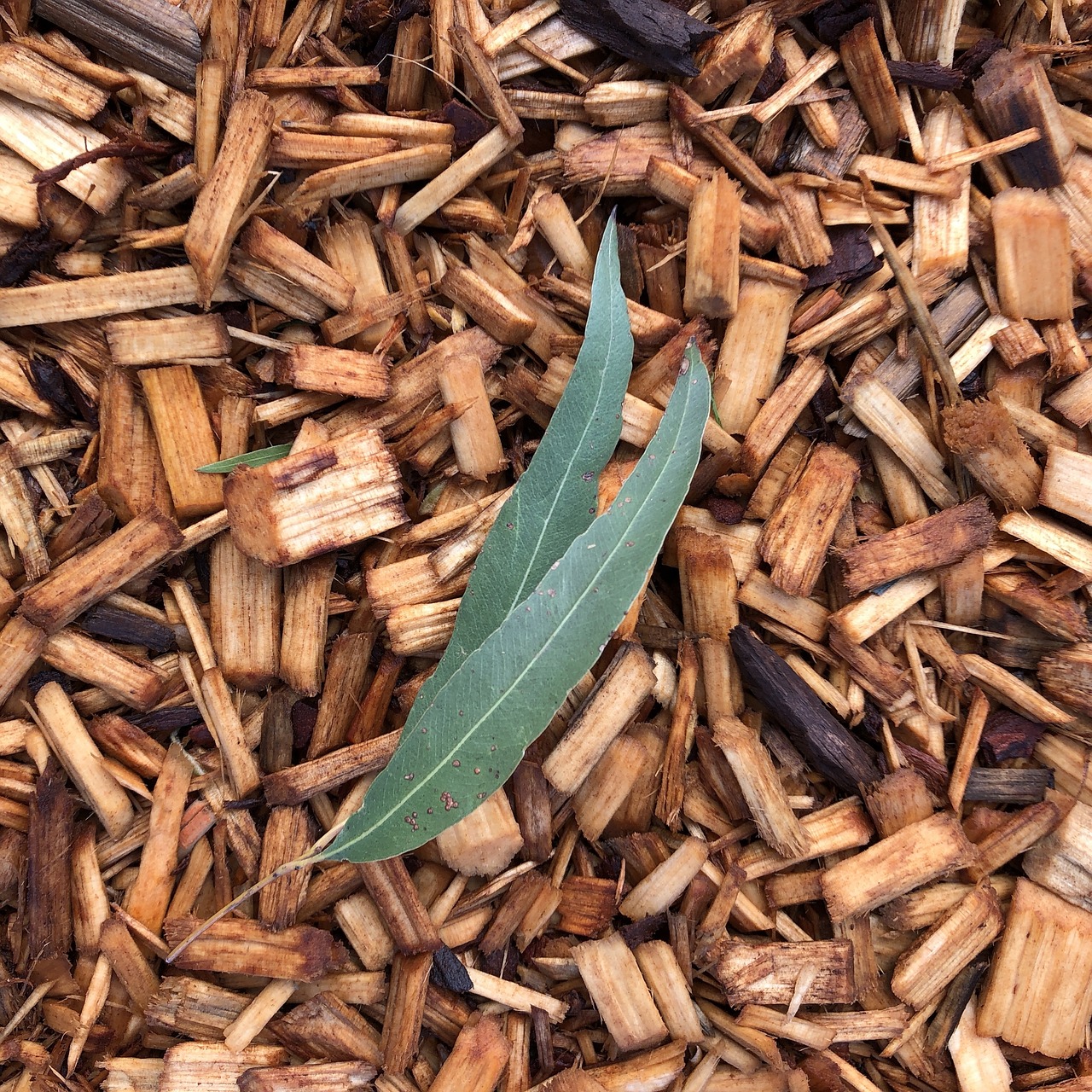
Lyocell
- Origin :
Artificial cellulosic.
- Implementation :
The process requires little water and energy and is similar to viscose, but is non-polluting. In the case of Lyocell, the wood pulp, mainly eucalyptus, is dissolved in the solvent NMMO (N-methylmorpholine N-oxide, a derivative of morphine), it is biodegradable, non-toxic and recycled to 97% in closed circuit.
- Location :
Austria, China, Germany, Poland, India, Thailand, Indonesia.
- Filaments :
Continuous filaments with variable diameter.
- Use :
Clothing, underwear, furniture, household linen, nonwovens, medical, filtration.
- Features :Hydrophilic, fatigue resistant, moth resistant, brilliant, silky, soft, light, biodegradable
- Weaknesses :
Loss of strength when wet, quite brittle, tendency to shrink, yellowing under the effect of heat.
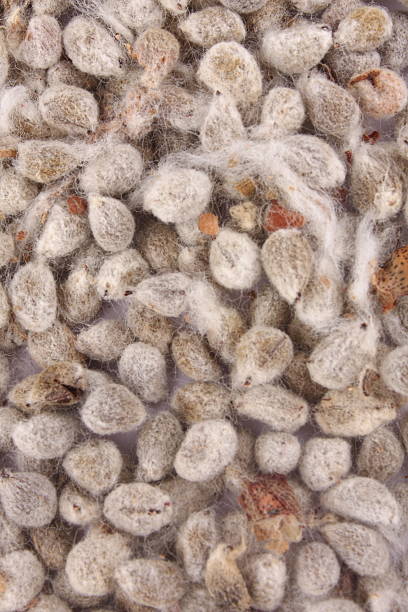
Cupro or Bemberg
- Origin :
Artificial cellulosic.
- Implementation :
It is obtained by dissolving cellulose in a cuprammonium solution (ammoniacal solution of copper oxide). Cellulose is extracted from cotton linter (fibers around the seeds, waste from the textile industry).
- Location :
Japan.
- Filaments :
Continuous filaments of about 10 to 12 µm in diameter.
- Use :
Clothing, underwear, sportswear, household linen.
- Features :Thermoregulating, hypoallergenic, soft, silky, breathable, hydrophilic, light, brilliant, wrinkle-free, easy care, good dye affinity, biodegradable
- Weaknesses :
Brittle, low dimensional stability.
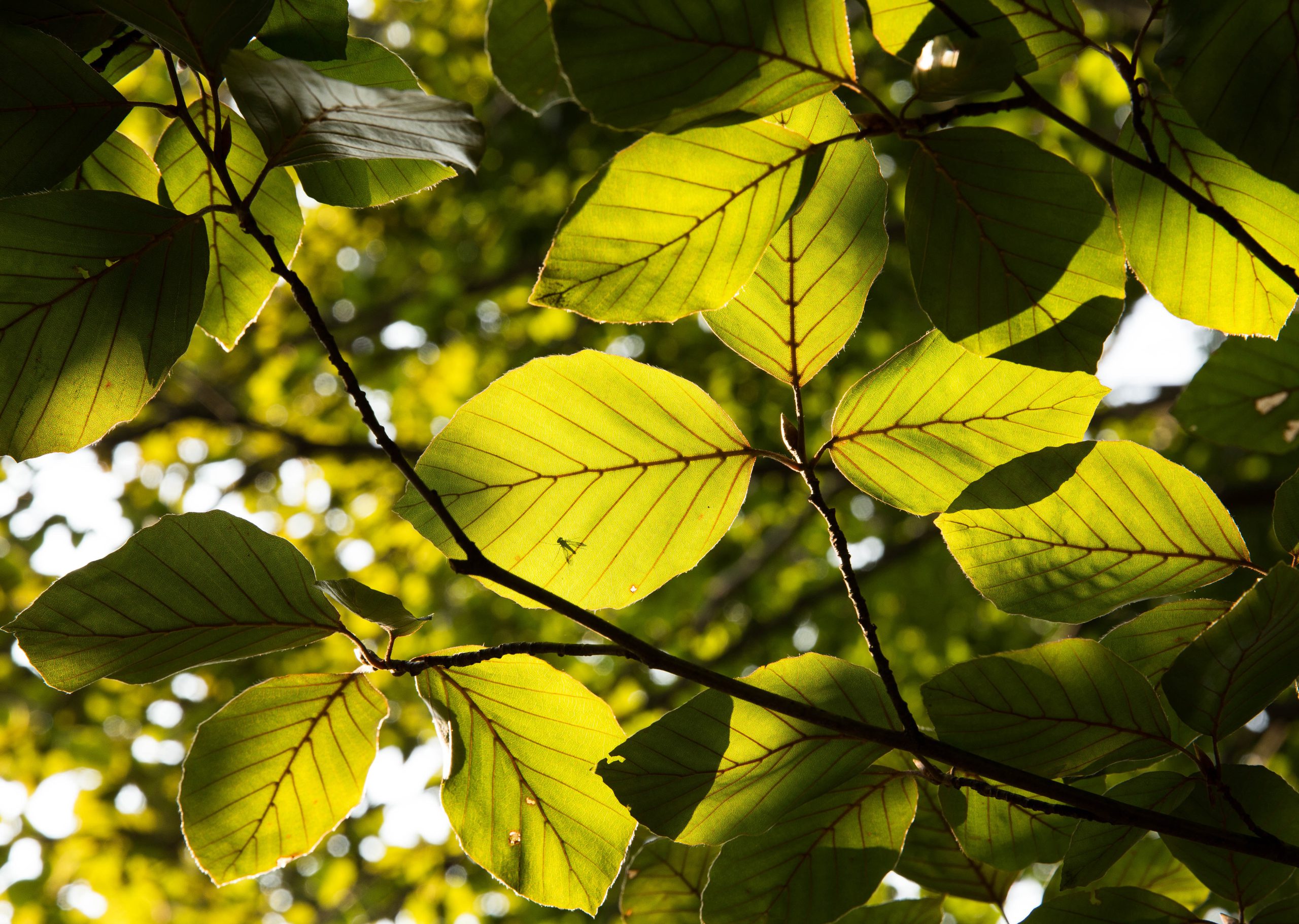
Modal
- Origin :
Artificial cellulosic.
- Implementation :
It is formed by dissolving wood pulp, mainly beech, using the solvent NMMO (N-methylmorpholine N-oxide, a derivative of morphine), it is biodegradable, non-toxic and recycled to 97% in closed circuit.
- Location :
Austria.
- Filaments :
Continuous filaments with variable diameter.
- Use :
Clothing, underwear, sportswear, household linen.
- Features :Dimensionally stable, breathable, hydrophilic, soft, light, resistant, wrinkle-free, anti-moth, hypoallergenic, biodegradable
- Weaknesses :
Deforestation.
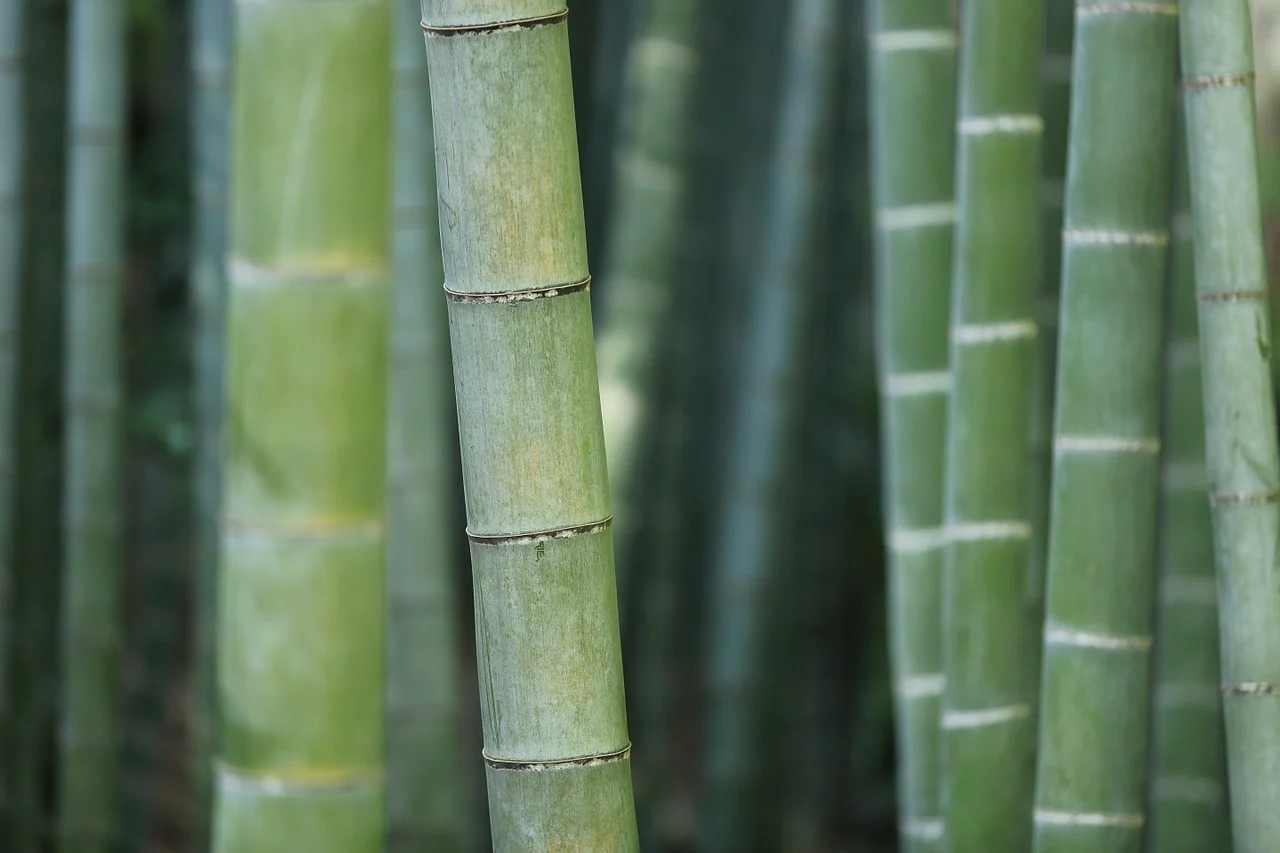
Bamboo
- Origin :
Artificial cellulosic.
- Culture :
Bamboo is ground into powder to extract the cellulose and then extruded with a chemical mixture (carbon disulfide). It needs little water to grow, and a very fast growth.
- Location :
India, China, Indonesia, Ethiopia, Nigeria.
- Filaments :
Continuous filaments with variable diameter.
- Use :
Clothing, household linen, furniture.
- Features :Antibacterial, hydrophilic, soft, light, resistant, breathable, antiUV, anti-shocks, antistatic, anti-odour, wrinkle-free, biodegradable
- Weaknesses :
The carbon disulfide used is non-reusable, toxic and polluting.
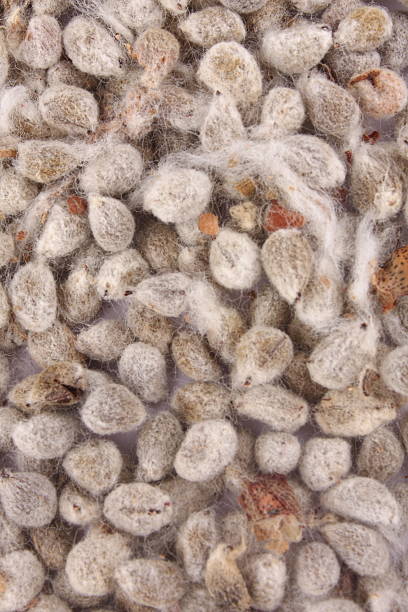
Acetate
- Origin :
Artificial cellulosic.
- Implementation :
This fiber is made by a mixture of cellulose (from cotton linters or wood pulp) and acetic acid.
- Location :
Germany, Italy, Brazil.
- Filaments :
Continuous filaments with variable diameter.
- Use :
Clothing, sportswear, aeronautics, furniture.
- Features :Soft, brilliant, quick drying, good elasticity, little crumpled, good dimensional stability, thermoplastic, antifungal, hypoallergenic, thermal insulation, low absorbency, biodegradable
- Weaknesses :
Flammable, sensitive to acids, bases, some solvents and UV light.
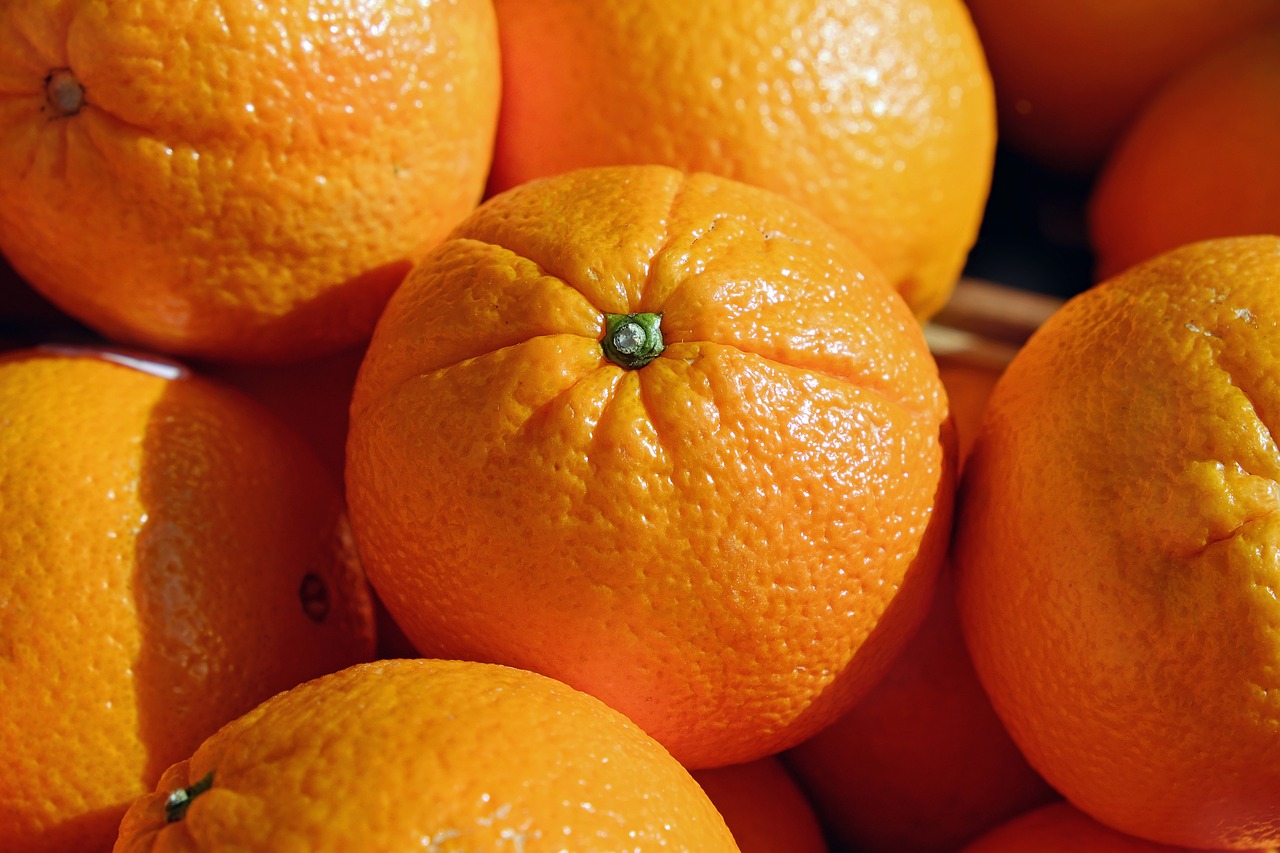
Orange fiber
- Origin :
Artificial cellulosic.
- Implementation :
It is formed from juice producer waste, extruded by chemical process. Mixture of orange fibers with silk (31%). The cellulose present in the orange peel is extracted by a pressing process, then polymerized and chemically transformed into a multifilament.
- Location :
Italia.
- Filaments :
Continuous filaments with variable diameter.
- Use :
Clothing, lingerie.
- Features :Light, easy to dye, easy to print, soft, silky, resistant, ecological, biodegradable
- Weaknesses :
Confidential production, not industrialized.
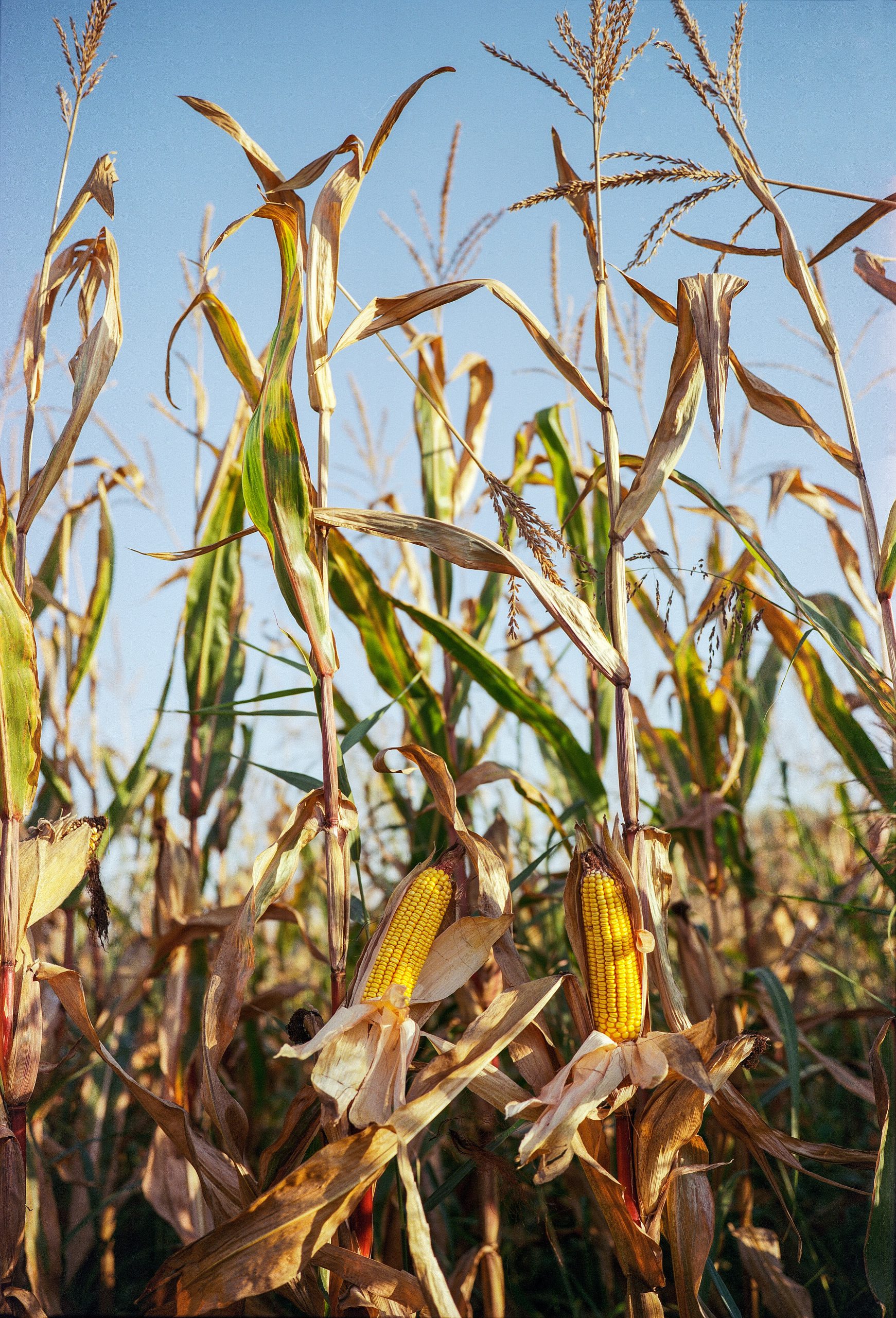
Corn fiber or Ingeo
- Origin :
Artificial cellulosic.
- Implementation :
PLA (polylactic acid) fiber is produced from corn starch. The sugar in the corn is fermented, distilled and then polymerized in order to be extruded.
- Location :
USA, Spain, France, Germany, Italy, Belgium, China.
- Filaments :
Continuous filaments with variable diameter.
- Use :
Clothing, composites (matrix), packaging.
- Features :Biodegradable, breathable, absorbs odors, antiUV, non-flammable, resistant, rigid, brilliant, soft, hydrophilic, anti-mite
- Weaknesses :
High water consumption for processing, low temperature resistance.
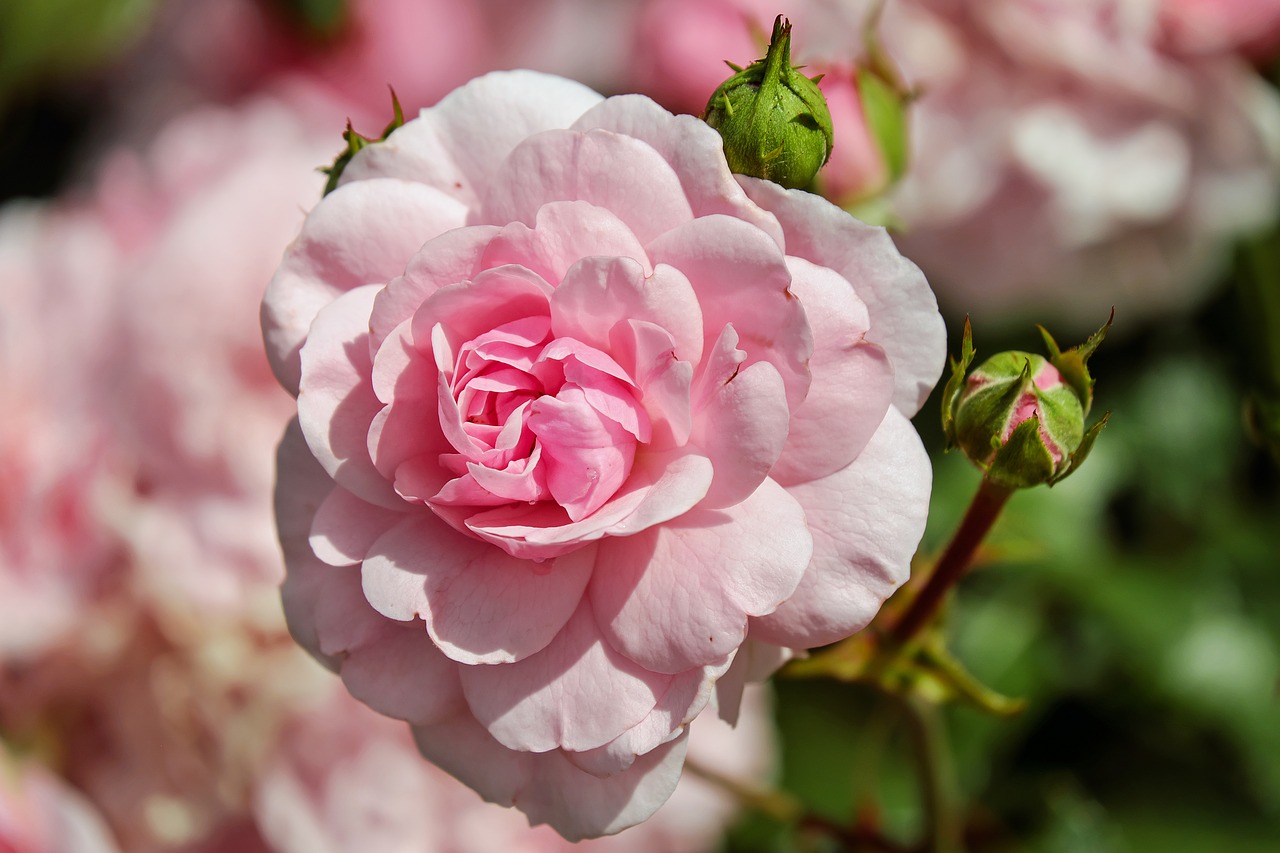
Rose fiber
- Origin :
Artificial cellulosic.
- Implementation :
It is extracted from the stems of rosebushes in order to extract the cellulose then extruded thanks to a chemical mixture (carbon disulfide).
- Location :
India, USA
- Filaments :
Continuous filaments with variable diameter.
- Use :
Luxury clothing.
- Features :Silky, soft, white tone, biodegradable, easy to dye
- Weaknesses :
The carbon disulfide used is non-reusable, toxic and polluting, artisanal process.
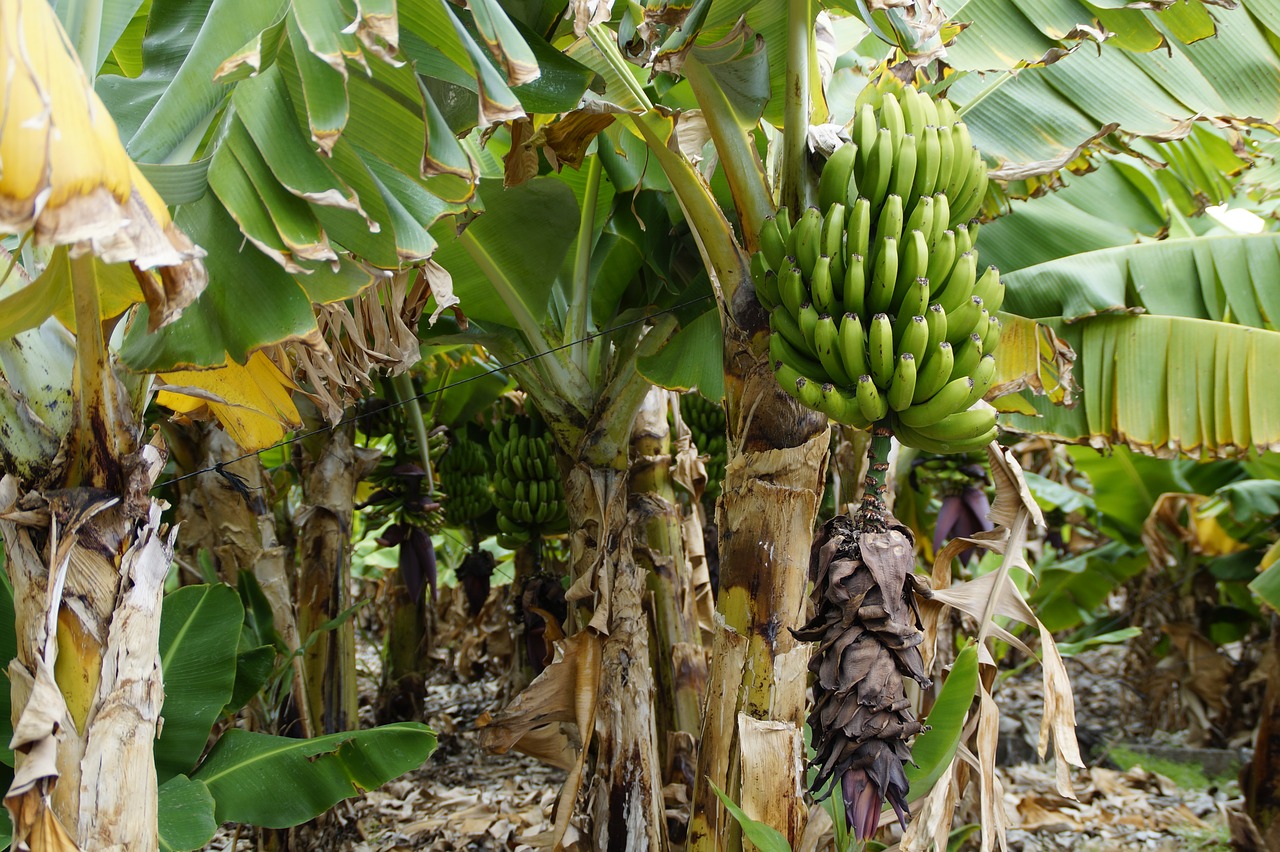
Banana tree
- Origin :
Artificial cellulosic fiber, it comes from the bark of banana trees.
- Implementation :
It comes from the waste of the food industry. The pieces of trunk are soaked in water so that it disintegrates and turns into a cellulose pulp that will be spun.
- Location :
Japan, Nepal, Philippines, India, Ecuador, Brazil, China.
- Filaments :
Continuous filaments with variable diameter.
- Use :
Ropes, clothing, composites.
- Features :Breaking resistance, brilliant, flexible, light, hydrophilic, antiUV, ecological, biodegradable
- Weaknesses :
Artisanal production
